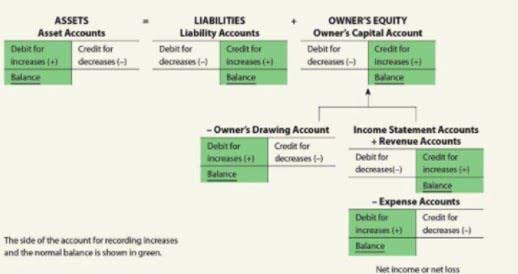
Additionally this is sometimes referred to as the future value annuity factor. This formula considers the impact of both regular contributions and interest earned over time. By using this formula, you can determine the total value your series of regular investments will reach in the future, considering the power of future value of annuity compound interest. But annuities can also be more of a general concept that describes anything that’s broken up into a series of payments. For example, a lottery winner may opt to receive a series of payments over time instead of a single lump sum distribution. An annuity is an insurance contract you purchase to receive payments for a specific period, such as 30 years, or for the rest of your life.

Formula and Calculation of the Future Value of an Annuity
- It calculates the current amount of money you’d need to invest today to generate a stream of future payments, considering a specific interest rate.
- This seemingly minor difference in timing can impact the future value of an annuity because of the time value of money.
- Let’s illustrate how the calculation of the present value of an annuity is used in recording an accounting transaction.
- Imagine you have a $10,000 savings account balance, and you want to draw $1,000 per year for 10 years.
- For example, if an individual could earn a 5% return by investing in a high-quality corporate bond, they might use a 5% discount rate when calculating the present value of an annuity.
- She holds a Bachelor of Science in Finance degree from Bridgewater State University and helps develop content strategies.
There are also implications as to whether the annuity payments are made at the beginning or at the end of a period. It’s important to note that the discount rate used in the present value calculation is not the same as the interest rate that may be applied to the payments in the annuity. The Bookkeeping for Etsy Sellers discount rate reflects the time value of money, while the interest rate applied to the annuity payments reflects the cost of borrowing or the return earned on the investment. Annuity tables are reference charts containing pre-calculated factors used to determine the present or future value of a series of equal payments over a specified period. These tables function as a financial shortcut, allowing users to multiply a payment amount by the appropriate factor to find values without performing complex calculations manually. These tables represent the foundation of many financial calculations that impact our everyday lives.

Tesla Stock Bought by Insider for First Time in 5 Years — What It Means for Investors
- When calculating future values, one component of the calculation is called the future value factor.
- For example, in the RRSP illustration above, the statement «you have not started an RRSP previously and have no opening balance» could be omitted.
- Fixed-period annuities provide annuity payments for a predetermined period, such as 10 years.
- The present value of an annuity is the current value of future payments from an annuity, given a specified rate of return, or discount rate.
- Conversely, a lower discount rate results in a higher present value for the annuity, because the future payments are discounted less heavily.
- For example, deferred annuities won’t pay out for years, while immediate annuities begin to pay out as soon as the policy’s in force.
Present value (PV) and future value (FV) calculations hinge on the time value of money. This concept states that a sum of money in the future is worth less than the same amount today because it could have been invested. Future value annuity tables are one of many time value of money tables, discover another at the links below. To illustrate suppose an amount of 6,000 is received at the end of each fixed assets year for 8 years.

Future Value of an Annuity with Continuous Compounding (m → ∞)
These online calculators typically require the interest rate, payment amount and investment duration as inputs. PV, or present value, is the value of future annuity payments you’ll receive, in today’s dollars. FV, or future value, is what your annuity will be worth after you’ve made your payments.
How to calculate the future value of an annuity due

Or how much you’d need to deposit if you knew you wanted to make three payments. Immediate annuities often appeal to retirees and those within a year of retirement. Although they have to tap into their savings to fund the annuity, the annuity assures them a certain level of retirement income that can begin almost immediately and last their entire lives. GOBankingRates works with many financial advertisers to showcase their products and services to our audiences.
- Something to keep in mind when determining an annuity’s present value is a concept called “time value of money.” With this concept, a sum of money is worth more now than in the future.
- Usually the extra unknown variables are «unstated» variables that can reasonably be assumed.
- This section covers the first two, which calculate future values for both ordinary annuities and annuities due.
- Any product that pays out at the end of a period is considered an ordinary annuity.
- Though your retirement is probably still a long way off, the earlier you start investing the more you can take advantage of the power of compounding interest to generate your savings.
